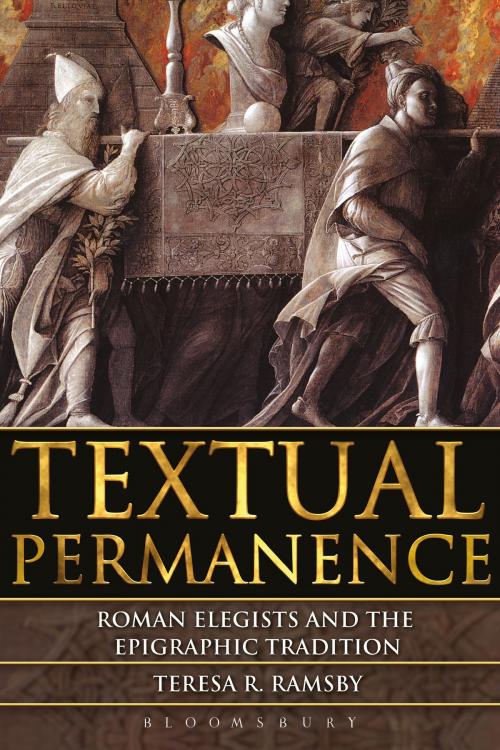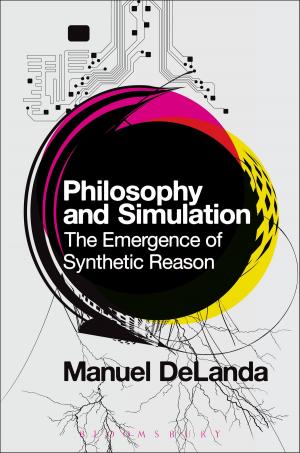Textual Permanence
Roman Elegists and Epigraphic Tradition
Fiction & Literature, Literary Theory & Criticism, Ancient & Classical| Author: | Teresa Ramsby | ISBN: | 9781472537805 |
| Publisher: | Bloomsbury Publishing | Publication: | December 12, 2013 |
| Imprint: | Bloomsbury Academic | Language: | English |
| Author: | Teresa Ramsby |
| ISBN: | 9781472537805 |
| Publisher: | Bloomsbury Publishing |
| Publication: | December 12, 2013 |
| Imprint: | Bloomsbury Academic |
| Language: | English |
Textual Permanence is the first book to examine the influence of the Roman epigraphic tradition on Latin elegiac poetry. The frequent use of invented inscriptions within the works of Rome's elegiac poets suggests a desire to monumentalise elements of the poems and the authors themselves. This book explores inscriptional writing in the elegies of Catullus, Propertius, Tibullus and Ovid, showing that whenever an author includes an inscription within a poem, he draws the reader's attention beyond the text of the poem to include the cultural contexts in which such inscriptions were daily read and produced. The emphases that these inscriptions grant to persons, sentiments and actions within the poems are reflections of the permanence that real-life inscriptions grant to a variety of human efforts. These poetic inscriptions provide unique windows of interpretation to some of Rome's most significant and influential poems.
Teresa Ramsby traces an important relationship between the Roman tradition that honoured individual participation in Roman politics, and the way that elegiac poetry was early applied in Rome to the same activity. In the course of the book she offers fresh interpretations of poems that have been analysed by a host of scholars.
Textual Permanence is the first book to examine the influence of the Roman epigraphic tradition on Latin elegiac poetry. The frequent use of invented inscriptions within the works of Rome's elegiac poets suggests a desire to monumentalise elements of the poems and the authors themselves. This book explores inscriptional writing in the elegies of Catullus, Propertius, Tibullus and Ovid, showing that whenever an author includes an inscription within a poem, he draws the reader's attention beyond the text of the poem to include the cultural contexts in which such inscriptions were daily read and produced. The emphases that these inscriptions grant to persons, sentiments and actions within the poems are reflections of the permanence that real-life inscriptions grant to a variety of human efforts. These poetic inscriptions provide unique windows of interpretation to some of Rome's most significant and influential poems.
Teresa Ramsby traces an important relationship between the Roman tradition that honoured individual participation in Roman politics, and the way that elegiac poetry was early applied in Rome to the same activity. In the course of the book she offers fresh interpretations of poems that have been analysed by a host of scholars.















